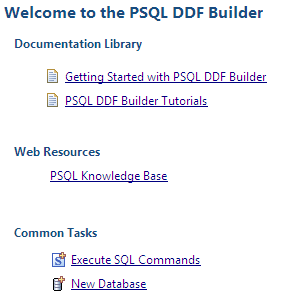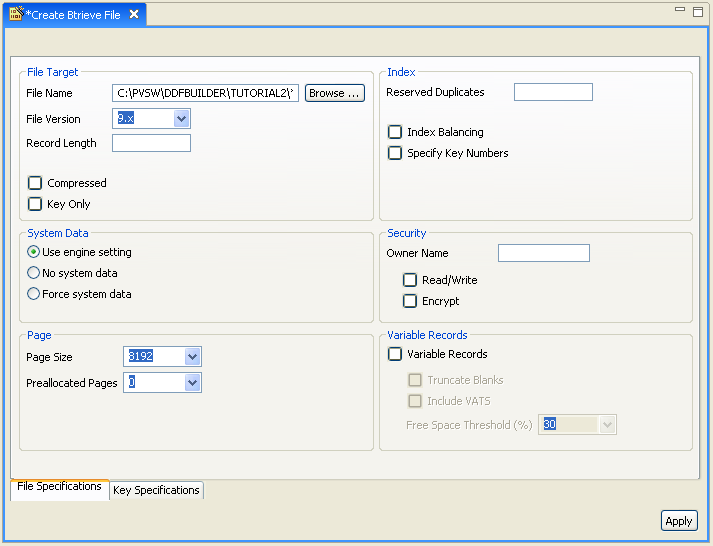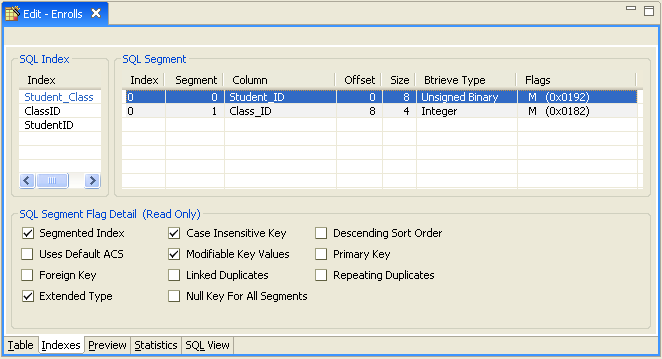1DDF Builder and PCC share common components. Because of this, some editors, views, and wizards are documented in other PSQL books and not in DDF Builder User’s Guide.
2The Check Database and Check Table action is similar to a wizard except that you make your selection on Data Sources Explorer rather than on a dialog. The result of checking consistency displays in a manner similar to a view, however.















